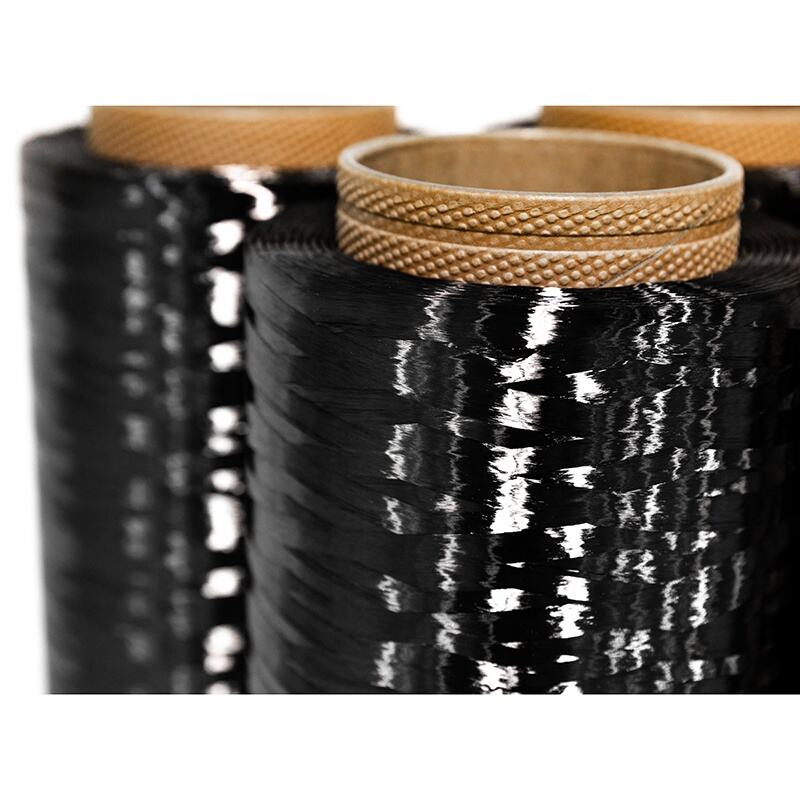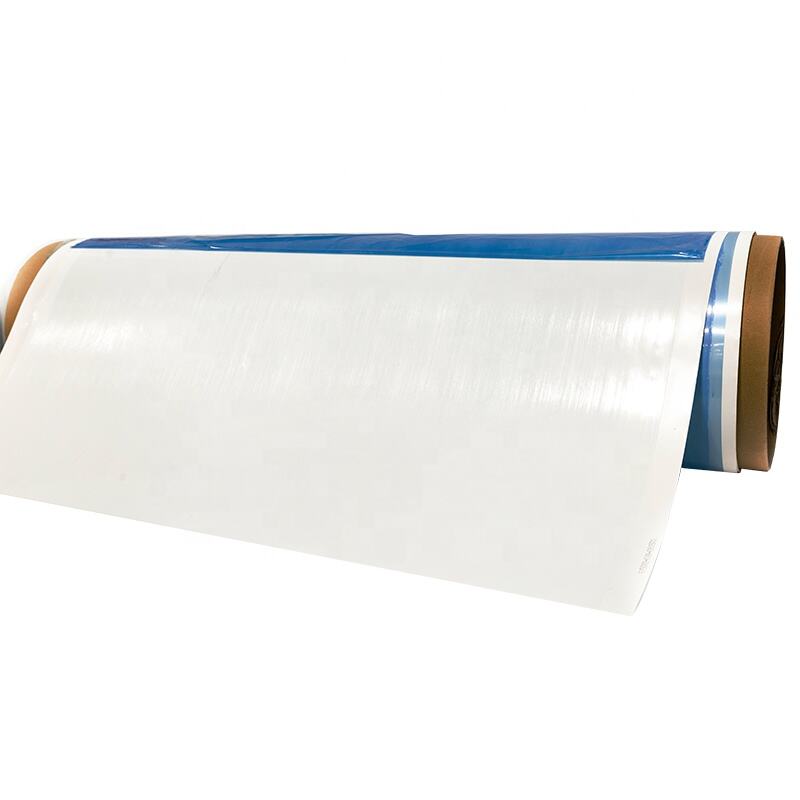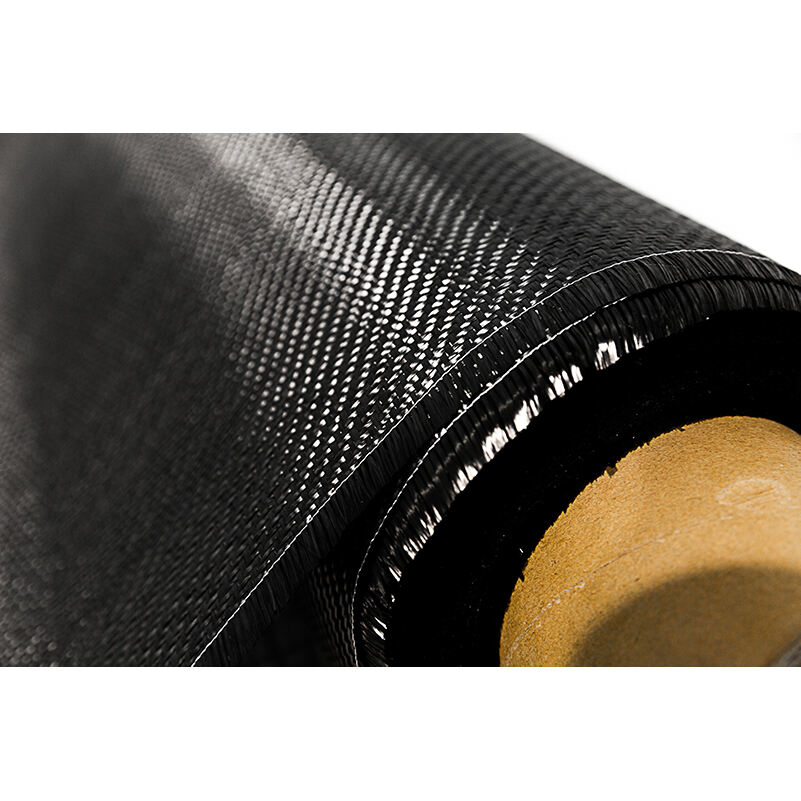carbon fiber building material
Carbon fiber building material represents a revolutionary advancement in construction technology, combining exceptional strength with remarkably low weight. This innovative material consists of thin, strong crystalline filaments of carbon that are woven together to create a durable composite. When combined with polymer resins, it creates a material that is five times stronger than steel while being significantly lighter. The material's core structure features thousands of carbon filaments, each measuring between 5-10 micrometers in diameter, bundled together to form a high-performance building component. Carbon fiber building materials demonstrate outstanding resistance to environmental factors, including corrosion, UV radiation, and extreme temperature variations. The material's versatility allows it to be molded into various shapes and forms, making it ideal for both structural and aesthetic applications in modern construction. It finds extensive use in reinforcing concrete structures, creating lightweight building panels, and developing innovative architectural elements. The material's high tensile strength, combined with its flexibility in design applications, has made it increasingly popular in both commercial and residential construction projects. Its durability and low maintenance requirements contribute to long-term cost savings, despite higher initial investment compared to traditional building materials.


